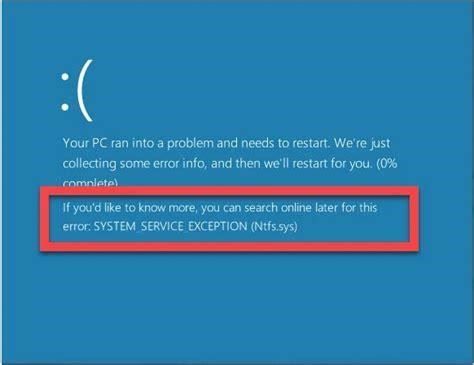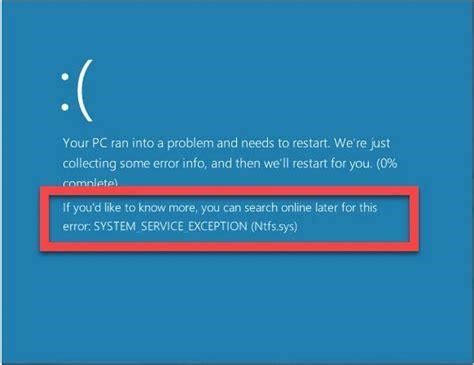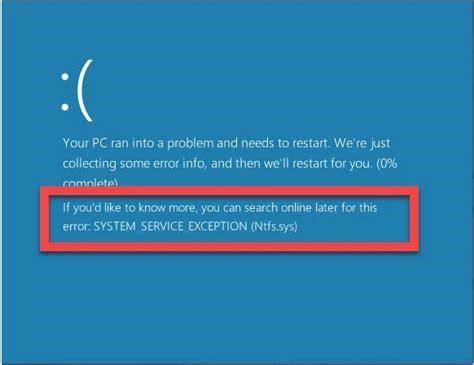Troubleshooting Windows Update Errors: A Comprehensive Guide
As avid Windows users ourselves, we know how frustrating it can be when Windows updates continuously fail. Error codes like 0x80070005 often pop up, leaving your PC stuck on an old version of Windows and vulnerable to security risks.
After digging deep into Windows user forums and collating insights from experienced members, we’ve compiled this comprehensive troubleshooting guide. Follow our step-by-step instructions to resolve those persistent Windows update failures once and for all.
Understanding Error 0x80070005
Error 0x80070005 indicates that your user account lacks the permissions required to install Windows updates. This commonly occurs if you’re signed into a standard user account rather than an admin account.
To resolve the permissions issue, log into an admin account instead. If you don’t have one, you can easily create a new admin account within Settings > Accounts.
How to fix Windows Update corruption errors?
The DISM or System Update Readiness tool may help you fix some Windows corruption errors. Check this page for Windows Update troubleshooting scenarios. The solution mentioned in this section applies to Modern Windows versions like Windows 11, Windows 10, Windows Server 2016, or later.
What are some common Windows Update problems?
For example, you can come across issues with Windows Update, reactivation, and storage, which are usually not a problem with the new version. Instead, they are common issues during upgrades. Then there are those problems that happen because of known or unknown bugs with the new release.
Once logged in as admin, try the update again. If error 0x80070005 persists, don’t worry – you likely have a deeper issue. Continue following the troubleshooting steps below.
Step 1: Free Up Storage Space
Low storage space is one of the most common culprits behind Windows update failures.
Before updating, ensure you have at least 20GB of free space on your system drive (usually C:). Windows updates require copious space for temporary installation files.
Free up disk space by:
-
Deleting temporary files with the Disk Cleanup utility.
-
Removing unneeded large files and programs.
-
Moving files and folders (pictures, videos, etc) to an external storage device.
With sufficient storage space, Windows Update will have room to smoothly download and install updates.
Step 2: Uninstall Conflicting Software
Conflicting software programs can also disrupt the Windows Update process. Antivirus suites in particular are prone to clash with updates.
We recommend uninstalling third party antivirus software like Norton or McAfee completely. Windows Defender – the built-in Windows antivirus – gets the job done without conflicts.
How do I stop Windows Update?
Navigate to Settings > Update & Security > Windows Update. Click Advanced Options. Locate Pause Updates, and click the toggle to On. Restart your computer. Return to Settings > Updates & Security > Windows Update. Click Advanced Options. Click the Pause Updates toggle to Off. Try rerunning Windows Update. Manually delete your Windows Update files.
How do I upgrade to Windows 10 2022 update?
Step 1. Download the Windows 10 Update Assistant To upgrade to Windows 10 2022 Update, open your favorite web browser and go to Download Windows 10. Find the “Windows 10 2022 Update | Version 22H2” section and click or tap on the Update now button. This action triggers the download of a tiny 3.18 MB executable file called Windows10Upgrade9252.exe.
If uninstalling the antivirus doesn’t help, look for other recently installed programs that might cause conflicts. Uninstall suspicious programs one by one until Windows Update succeeds.
Step 3: Perform DISM and SFC Scans
Corrupted system files can prevent Windows Update from working correctly. Running DISM and SFC scans will detect and replace such files, fixing update issues.
First, open an elevated Command Prompt window by searching cmd in the taskbar, right-clicking Command Prompt, and selecting "Run as Administrator".
Next, run the DISM scan by typing:
DISM /Online /Cleanup-Image /RestoreHealthOnce complete, run SFC scan with the command:
sfc /scannowRestart your PC after the scans complete. Now, corrupted system files will no longer block updates.
Step 4: Reset Microsoft Store
An underlying issue with a Microsoft Store component could also be blocking updates. Resetting the Microsoft Store resolves such problems.
Head to Settings > Apps > Apps & Features. Next, locate "Microsoft Store" and select Advanced Options. Finally, click "Reset" and confirm.
What are the common Windows 10 Update issues?
This guided walk-through provides steps to fix problems with Windows Updates for Windows 8.1 and 7, such as taking a long time to scan, or error codes while installing updates. For help with Windows Update issues in Windows 10, see Troubleshoot problems updating Windows 10 instead. A common cause of errors is inadequate drive space.
What steps can I take to fix Windows Update errors?
Run Windows Update a few times. Download and install any available updates in Windows Update, including software updates, hardware updates, and some third-party drivers. Use the Windows Update Troubleshooter to fix Windows 11 Update errors. Check third-party drivers and download any updates.
How do I fix Windows 10 update issues?
Method 1. Run the Windows 10 Update Troubleshooter The troubleshooter will run and scan to find any issues that may cause problems for Windows Update. By default, auto-repair is checked, any detected issues during the troubleshoot will be repaired automatically. 1.
How to update Windows 11 feature update?
The latest Windows 11 Feature Update will install like a regular Windows Update. Thats it, you are now upgraded to latest version of Windows 11. You can check your version by clicking Start > Settings > System > About Step 1. Click Start > Settings
Give your PC 5-10 minutes to fully reset the Store. After restarting, try checking for updates again.
Step 5: Perform a Clean Boot
If you’ve tried everything else with no success, perform a clean boot before updating. Clean booting prevents third-party startup programs from running, isolating Windows updates.
To clean boot, head to msconfig using the Run utility (Windows + R). Go to the Services tab, check "Hide all Microsoft services", then disable all remaining services.
Next, switch to the Startup tab and click "Open Task Manager". Disable all startup programs here.
Finally, restart your PC and immediately check for Windows updates. They should now install smoothly without interference.
Recap & Next Steps
With this comprehensive guide, you’re equipped to troubleshoot and resolve the vast majority of Windows update errors. We recommend working through each solution sequentially until reaching success.
What if Windows Update fails to run?
Select Remove files. If Windows Update fails to run due to general file corruption or other stability-related issues in Windows 10, you can attempt to fix them using the SFC (System File Checker) and DISM (Deployment Image Servicing and Management) tools.
How do I install a feature update?
There are multiple ways to install a Feature Update (new version of Windows 11 or Windows 10). The most common way for users to do this is using the Windows Update setting. Just like installing a cumulative update (regular Windows Update), a feature update will download then initiate the installation.
Why do I get Windows 10 update errors?
According to Microsoft, these errors occur when Windows 10 initiates an automatic update and a program requires user interaction. However, if you initiate the Windows Update, these types of errors can occur for various reasons. Often times it will require a few computer restarts in order to fix it.
If these solutions don’t work, there may be a deeper hardware or software issue at play. For further assistance, contact Microsoft Support and be ready to provide detailed information on your PC configuration, Windows version, and error codes observed.
We hope these insights help you keep your Windows PC up-to-date. Let us know if you have any other topics we can explore to elevate your Windows know-how!




